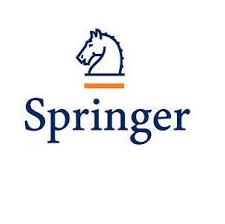6 Conclusion
The flaws of the classic Hotelling model are pointed out in this paper, and a modified Hotelling model is constructed. Compared with classic Hotelling, this modified model in this paper has two obvious differences: (1) Product position in this paper does not mean spatial localization but the level of quality. (2) This paper searches the indifference point neither through the increased amount of consumer utility nor taking account of transportation cost. The conception of “superfluous function” is introduced, and therefore the equilibrium position for disadvantaged enterprise can be easily obtained through calculating the reduction of consumer utility. Finally, equilibrium solution of positioning–pricing game is calculated.
This modified Hotelling model is closer to real market than the classic one because of the relaxed assumptions and the addition of uncertain consumer preference. In the classic model, the equilibrium locations of duopoly are both in the center of the market and the equilibrium prices are both equal to marginal costs, which means no one could make profits in that case. The modified model in this paper reasonably explains why different enterprises have different positioning– pricing strategies in reality from the view of mathematics. In addition, considering that consumer preference uncertainty is largely affecting enterprises’ competitive strategies, this proposal could be very helpful to address real problems in which it is required to improve the firms’ competitive power without complete and perfect information about consumer preference.








